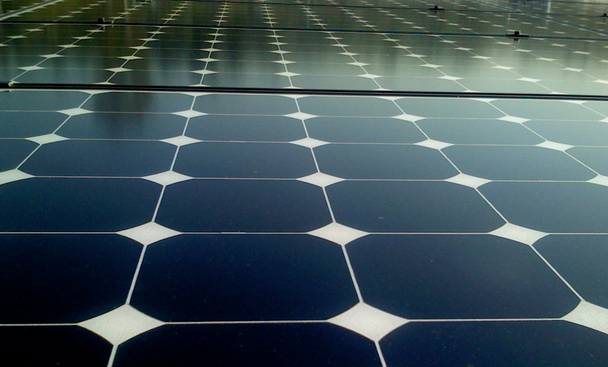Texas continues to drive innovation in the electric market, and the traditional model of large, centralized power plants serving passive consumers is steadily evolving into an expanded array of Distributed Energy Resources (DER) that enables homeowners, small business owners and the state’s largest industrial users to manage their energy consumption in a way that makes sense for them.
That’s the key finding of a new report by the Texas Clean Energy Coalition (TCEC) and The Brattle Group, detailing the growth of DER, and what it means for Texas consumers and the Electric Reliability Council of Texas (ERCOT), which manages 85 percent of the state’s electric load.
According to ERCOT reports highlighted in the paper, DER has seen steady growth in Texas over the past two years.
Between 2015 and 2017, DER in ERCOT increased by 62 percent, and by the end of 2018, there were about 1,300 MW of DER in ERCOT. ERCOT also reports steady growth since 2015 for DER between 1 and 10 MW.
While small DER of less than 1 MW, primarily rooftop solar installations and some natural gas-powered microgrids, is not required to be reported, some consumers do report these small installations. Just based on the voluntary reporting of small DER of less than 1 MW, the category nearly doubled between mid-2016 and the end of 2018. Throughout 2018, most unregistered new small DER less than 1 MW was solar.
The growth of DER comes with a host of benefits that Texas power customers clearly demand.
A recent survey by Republican pollster Glen Bolger for Conservative Texans for Energy Innovation suggests Texans overwhelmingly support policies that encourage responsible clean energy solutions rooted in innovation.
According to the survey, GOP voters in Texas believe clean energy will help the economy and create jobs (63 percent), improve reliability of the electric grid (63 percent), increase customer choice (75 percent), help Texas continue to lead the nation in energy technology (79 percent), and result in more energy innovation (81 percent).




